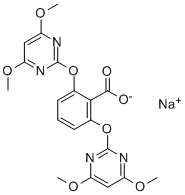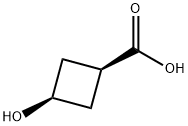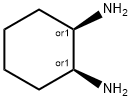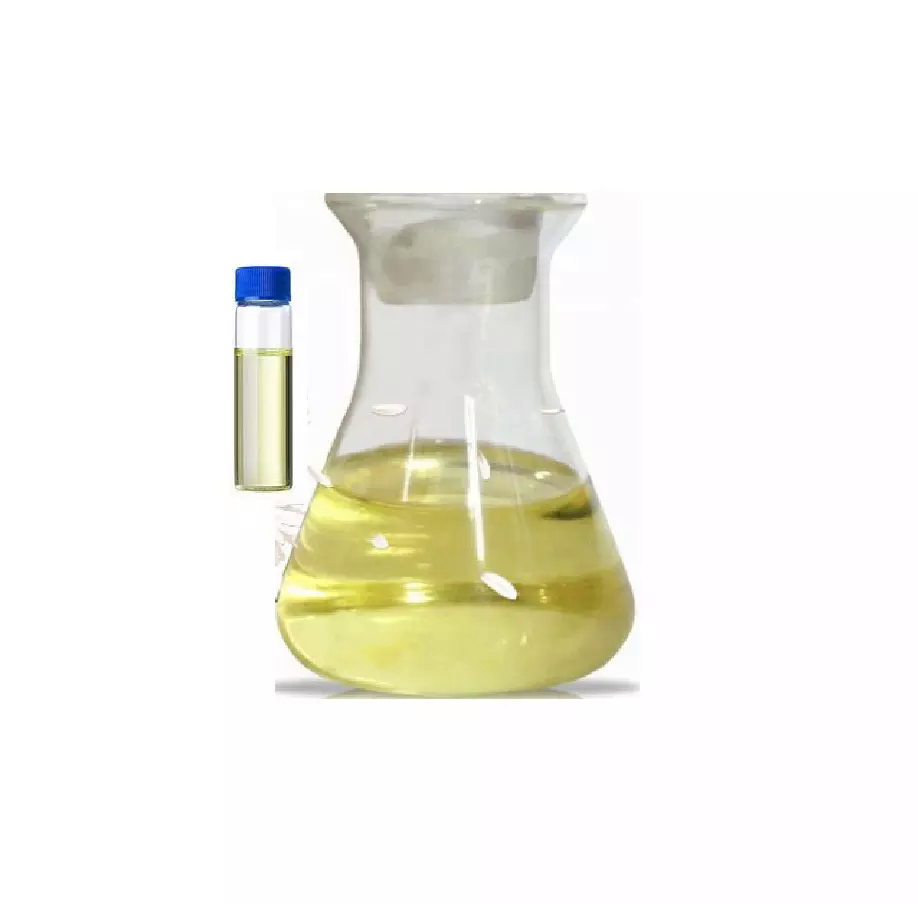cis-1,4-Dichloro-2-butene
- CAS NO.:1476-11-5
- Empirical Formula: C4H6Cl2
- Molecular Weight: 125
- MDL number: MFCD00062950
- EINECS: 216-021-5
- SAFETY DATA SHEET (SDS)
- Update Date: 2025-09-25 17:15:13

What is cis-1,4-Dichloro-2-butene?
Chemical properties
Light-Yellow Clear Liquid
The Uses of cis-1,4-Dichloro-2-butene
It is employed as an intermediate for the production of other chemicals such as in the production of chloroprene. It is also used as a starting material in the production of adiponitrile, butane-1,4-diol, and tetrahydrofuran. It is also used in the preparation of functionalized 3,5-disubstituted cyclopent-2-enones.
Properties of cis-1,4-Dichloro-2-butene
| Melting point: | −48 °C(lit.) |
| Boiling point: | 152 °C758 mm Hg(lit.) |
| Density | 1.188 g/mL at 25 °C(lit.) |
| refractive index | n |
| Flash point: | 132 °F |
| storage temp. | 2-8°C |
| solubility | Chlorform (Sparingly), Methanol (Slightly) |
| form | Liquid |
| color | Clear colorless to yellow |
| Water Solubility | Not miscible or difficult to mix in water. Soluble in alcohol, ether, acetone and benzene. |
| Sensitive | Moisture & Light Sensitive |
| BRN | 1719692 |
| Stability: | Light Sensitive, Moisture Sensitive |
| CAS DataBase Reference | 1476-11-5(CAS DataBase Reference) |
| NIST Chemistry Reference | 2-Butene, 1,4-dichloro-, (Z)-(1476-11-5) |
| EPA Substance Registry System | cis-1,4-Dichloro-2-butene (1476-11-5) |
Safety information for cis-1,4-Dichloro-2-butene
| Signal word | Danger |
| Pictogram(s) |
 Flame Flammables GHS02  Corrosion Corrosives GHS05  Skull and Crossbones Acute Toxicity GHS06  Health Hazard GHS08  Environment GHS09 |
| GHS Hazard Statements |
H226:Flammable liquids H314:Skin corrosion/irritation H330:Acute toxicity,inhalation H350:Carcinogenicity H400:Hazardous to the aquatic environment, acute hazard |
| Precautionary Statement Codes |
P210:Keep away from heat/sparks/open flames/hot surfaces. — No smoking. P273:Avoid release to the environment. P280:Wear protective gloves/protective clothing/eye protection/face protection. P303+P361+P353:IF ON SKIN (or hair): Remove/Take off Immediately all contaminated clothing. Rinse SKIN with water/shower. P305+P351+P338:IF IN EYES: Rinse cautiously with water for several minutes. Remove contact lenses, if present and easy to do. Continuerinsing. |
Computed Descriptors for cis-1,4-Dichloro-2-butene
New Products
Indole Methyl Resin tert-butyl 9-methoxy-3-azaspiro[5.5]undecane-3-carboxylate Boc-His(Boc)-OH 2-CTC Resin 4-Chloro-7-tosy1-7Hpyrrolo[2,3-d]pyrimidine 5,7-Dibromo-1H-indole 2,5-dichloro-N-hydroxy-4,6-dimethylpyridine-3-carboximidamide 2,2-Dimethoxy-7-azaspiro[3.5]nonane hydrochloride 4-chloromethyl-5-methyl-1,3-dioxol-2-one (DMDO-Cl) R-2-BENZYLOXY PROPIONIC ACID 1,1’-CARBONYLDIIMIDAZOLE 1,1’-CARBONYLDI (1,2-4 TRIAZOLE) N-METHYL INDAZOLE-3-CARBOXYLIC ACID 4-((2-hydroxyethyl)thio)benzoic acid 1-(TERT-BUTOXYCARBONYL)-2-PYRROLIDINONE Methyl 6-methylnicotinate 3-Pyridineacrylic acid tert-Butyl carbazate TETRAHYDRO-2H-PYRAN-3-OL 2-((4-morpholinophenylamino) (methylthio) methylene) malononitrile 3-(4-morpholinophenylamino)-5-amino-1H-pyrazole-4-carbonitrile 2,4-dihydroxybenzaldehyde 1,3-Diethyl-1,3-Diphenylurea Methyl 2-methylquinoline-6-carboxylateRelated products of tetrahydrofuran


![OXALIC ACID BIS[2,4,5-TRICHLORO-6-(PENTYLOXYCARBONYL)PHENYL] ESTER](https://img.chemicalbook.in/CAS/GIF/30431-54-0.gif)





You may like
-
 1476-11-5 98%View Details
1476-11-5 98%View Details
1476-11-5 -
 Pyridine 99.5% HPLC /UV SpectroscopyView Details
Pyridine 99.5% HPLC /UV SpectroscopyView Details
110-86-1 -
 Guanine , 99%View Details
Guanine , 99%View Details
73-40-5 -
 Piperazine Spot supply, best priceView Details
Piperazine Spot supply, best priceView Details
110-85-0 -
 Dibutyl PhthalateView Details
Dibutyl PhthalateView Details
84-74-2 -
 Imidazole Spot supply, competitive priceView Details
Imidazole Spot supply, competitive priceView Details
288-32-4 -
 Octadecyl 3-(3,5-di-tert-butyl-4-hydroxyphenyl)propionate 98% (GC)View Details
Octadecyl 3-(3,5-di-tert-butyl-4-hydroxyphenyl)propionate 98% (GC)View Details
2082-79-3 -
 Thiourea 99% ARView Details
Thiourea 99% ARView Details
62-56-6
Statement: All products displayed on this website are only used for non medical purposes such as industrial applications or scientific research, and cannot be used for clinical diagnosis or treatment of humans or animals. They are not medicinal or edible.
